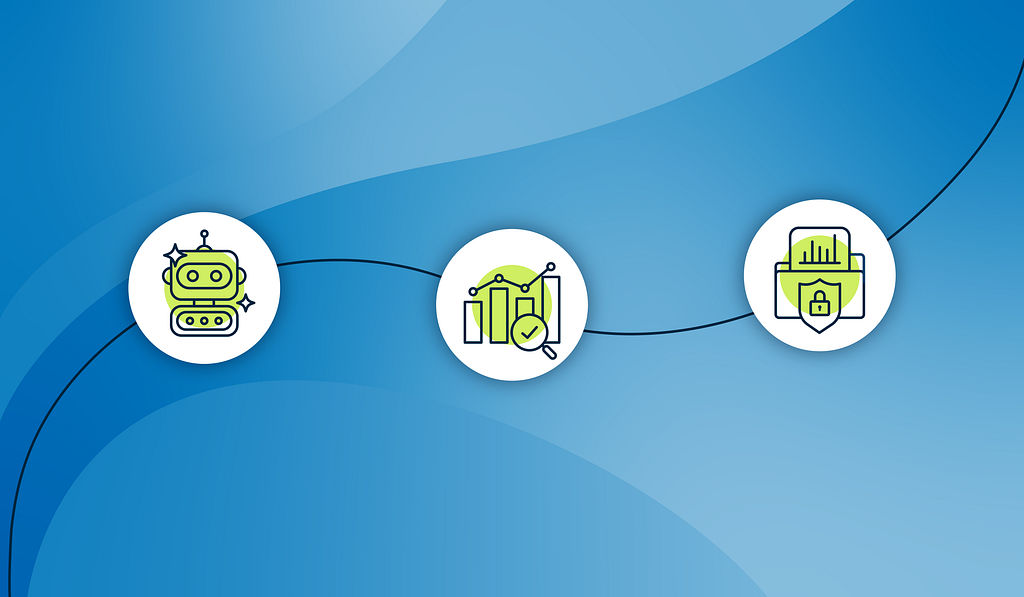
Buckle Up: DCG Conducts Road Safety Research for Future-Readiness
Driving from point A to B might feel routine, especially if you’re familiar with the route or confident in your skills behind the wheel. But the reality is, accidents can happen to anyone, anywhere, often when least expected. With countless variables at play, how can you stay ahead of the risks?
DCG empowers organizations with strategic recommendations and equips communities with informational tools grounded in robust qualitative and quantitative research, message testing and audience feedback. We go beyond surface-level strategies, analyzing current data to uncover critical insights, ensuring that our cause-driven efforts remain impactful and resonate deeply with the communities we serve.
According to National Highway Traffic Safety Administration (NHTSA) research, many traffic accidents occur due to dangerous driving behaviors. This can include distractions, drowsiness, intoxication, exceeding the speed limit, road rage and more.
In 2022 alone, NHTSA documented:
- 3,308 lives lost from distracted driving

- 13,524 lives lost from alcohol-impaired driving

- 12,151 lives lost from speeding

- 693 lives lost from drowsy driving

From Concept to Data
To drive meaningful change for traffic safety, DCG sought to investigate driving behaviors through survey research. Our survey was developed from the Centiment’s U.S.-based panel and was self-administered by panel members through simple random sampling. We were able to gather 1,000 completed surveys from June 17 — June 21, 2024. Below is a glimpse of data collected from our survey participants:






Data to Future Initiatives
If we take a closer look at the above data, we see that:
- 47.1% of all respondents did three or more unsafe driving behaviors most or some of the time.
- 52% of people who drive daily agree that messages about unsafe driving influence their driving behavior.
- Those who strongly or somewhat trust government announcements are more likely to agree that all types of messaging influence their driving and are more familiar with promoted safe driving messaging.
So what does this mean? This shows there’s an opportunity for campaign messaging to influence driving behavior. Over half (52%) of respondents who drive daily agree that messages about unsafe driving influence their behavior. In addition, the majority (over 70%) of respondents somewhat or strongly trust safe driving announcements from the government.
Furthermore, as the last set of circle graphs show, both the “Put the Phone Away or Pay” and “Click it or Ticket” NTHSA campaign messages have higher rates of awareness over the “Alert Today Alive Tomorrow” message from the United Kingdom’s transportation department, which was included as a baseline comparison. This shows campaign messaging is being absorbed and retained by drivers, increasing awareness and ideally influencing behavior.
Like NHTSA, our team believes in utilizing evidence-based research to refine communications methods. By harnessing key findings and survey data, we craft strategic plans that drive real change. Our team utilizes evidence-based research to refine our communication methods, craft impactful messages, generate content that resonates with our key audience, and offer optimal solutions for future initiatives. With every step we refine our strategies and elevate our results, ensuring we consistently exceed expectations and deliver impactful outcomes.
Want to learn how research can enhance your campaigns? Drop us a note, we’d love to chat!
Buckle Up: DCG Conducts Road Safety Research for Future-Readiness was originally published in DCG Life on Medium, where people are continuing the conversation by highlighting and responding to this story.



